According to the United States Bureau of Transportation, the freight industry moves between 1.5-2 million ton-miles of goods annually in the United States alone via air, land, and sea.
From the longest freight trains and vast trucking fleets to the largest cargo planes and ocean vessels, shippers have several freight options to choose from to move their cargo. However, rail freight transport accounts for nearly 25-30% of all domestic shipments in the United States.
Many industries heavily rely on this mode of transport as their primary supply chain channel due to affordability, high level of security, multimodal compatibility, punctuality, eco-friendliness, and many other benefits it offers.
Unfortunately, many shippers and brokers new to the industry remain unaware of the different freight train cars, what type of cargo they carry and how it’s loaded. We will explore all this and more in this article!
Containers
Containers are among the most frequently transported types of cargo on freight trains. They carry manufactured goods, products, and commodities from every major industry in the market.
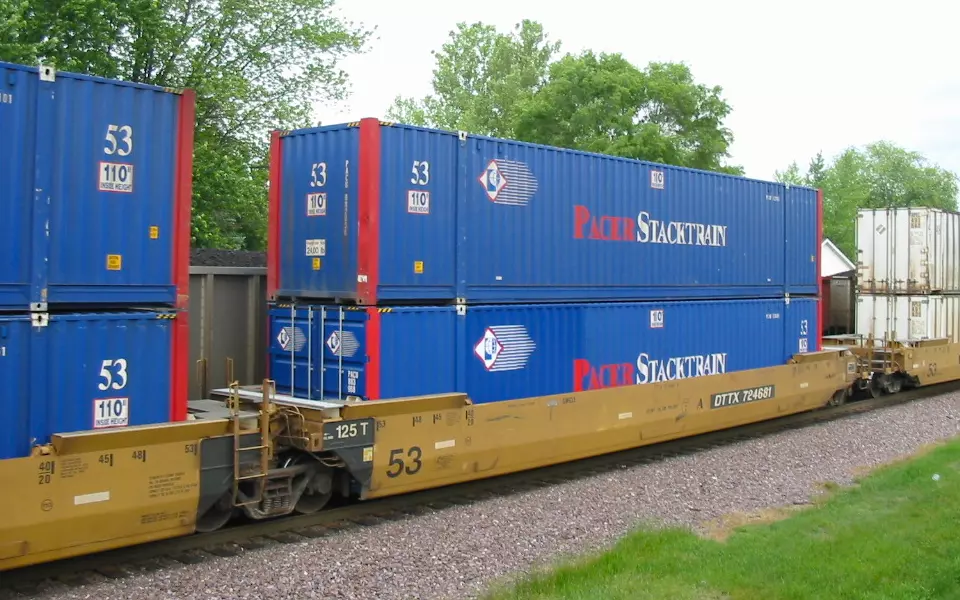
In most cases, containers are used to transport freight to or from seaports using intermodal well cars. Also known as stack cars, these freight trains can stack multiple containers on top of one another.
However, stacking heavily depends on the infrastructure, equipment, and local regulations. For instance, standard gauge railways in the United States and China must use special well cars to lower the center of gravity to enable double-stacking.
Moreover, both countries have different double-stacking patterns. For example, China allows carriers to place two 20-foot containers in the lower stack and one 40-foot container in the upper stack.
In contrast, the US allows two 20-foot containers in the lower stack and another set of two 20-foot containers on the upper stack. Moreover, freight train stations transporting containers are usually found near intermodal loading facilities, such as ports, warehouses, and depots.
Carriers use flatbed trucks or container wagons to transport the containers to and from trains and employ gantry cranes or reach stackers for loading and unloading.
Vehicles
Another common type of cargo freight trains transport is vehicles. According to the Association of American Railroads, nearly 75% of new cars and light trucks are moved via rail freight by dealerships, companies, and private owners.
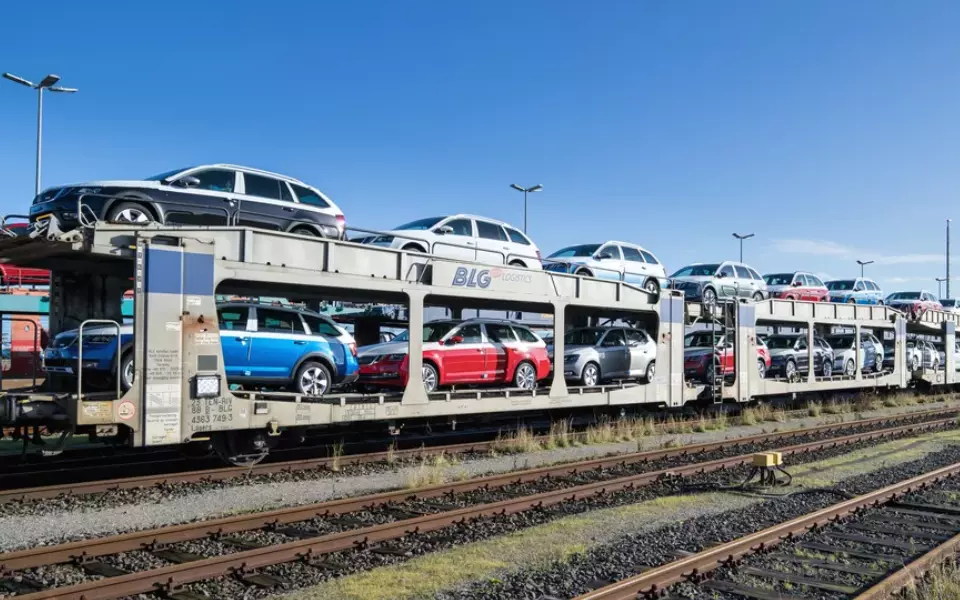
Vehicle carriers leverage autoracks, a special freight train made of metal racks designed to enclose and protect vehicles. They’re similar to carrier trailers. However, they can hold as many as 12 vehicles per wagon, depending on their type and size.
Most autorack cars are double-tiered. Hence, they can transport a wide range of vehicles, including sedans, SUVs, and pickup trucks. These vehicles can be loaded on either side (front or back) and are usually driven up via a ramp and hauled to their destinations.
While most autoracks feature an open-air design, many carriers opt for closed autorack cars to improve security and protect vehicles from the elements, theft, and potential damage.
Minerals
Many shippers use rail freight to transport common minerals, such as coal, iron ore, feldspar, silica, and limestone, from mining sites, ports, and warehouses to other locations, such as manufacturing plants or processing sites.
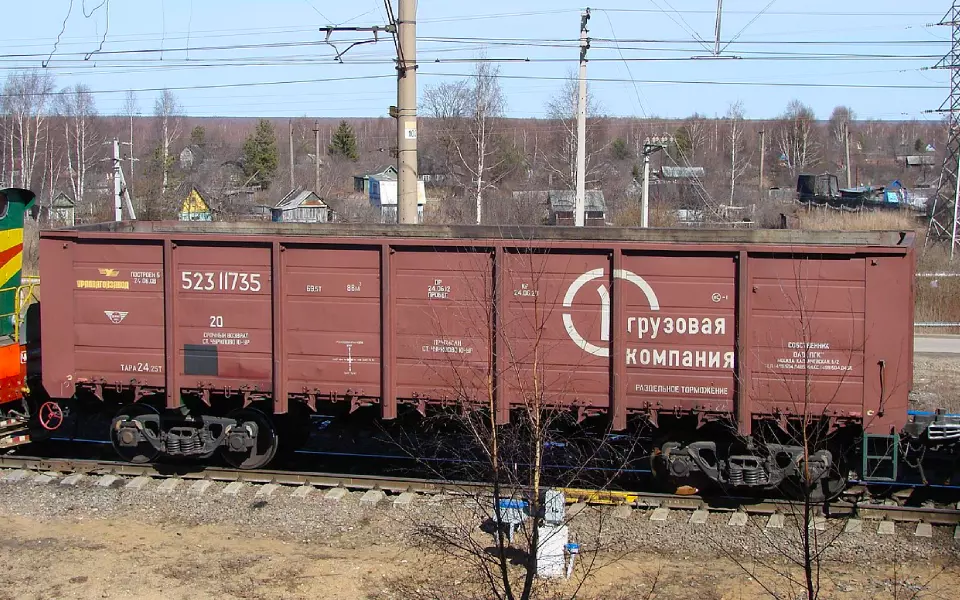
Most freight railcars used for shipping minerals, including gondolas and hopper cars, are equipped with special safety features, such as failsafe brakes, remote controls, and fire extinguishers to minimize safety and health risks.
As far as loading and unloading are concerned, carriers typically use dumpers, cranes, and other machinery. Mineral transport via freight trains is widely popular in countries, such as Australia, India, China, the United States, and Russia.
Rail transport is cheaper, safer, less laborious, and easy to manage for all parties involved. Moreover, freight trains can easily move 10,000 to 15,000 tons of minerals in a single trip.
Equipment
Rail freight transport is also an excellent option for moving heavy machinery, manufacturing equipment, tractors, spare parts, and other related items safely and cost-effectively.
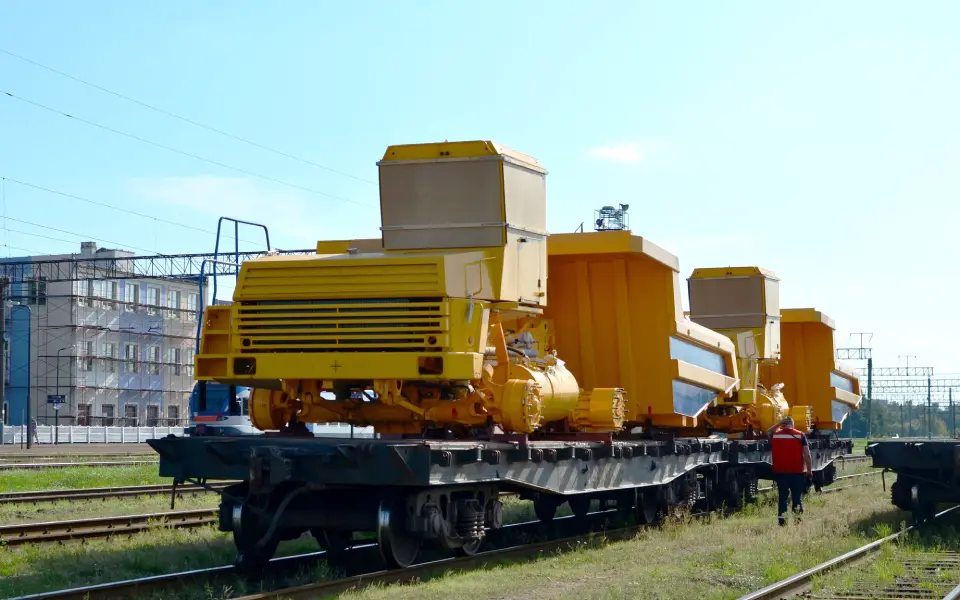
Most manufacturing companies utilize intermodal rail transport to move cargo to railway supply depots. These facilities are equipped with a wide range of equipment for loading and unloading, including cranes, conveying machines, or independent hoists.
Most rail carriers use flatcars to haul equipment due to their large size or quantity, which are loaded via heavy-duty forklifts and cranes.
Lumber
Lumber is among the most important renewable resources in the market and is commonly used by every major industry for fuel, building materials, tools, furniture, and more.
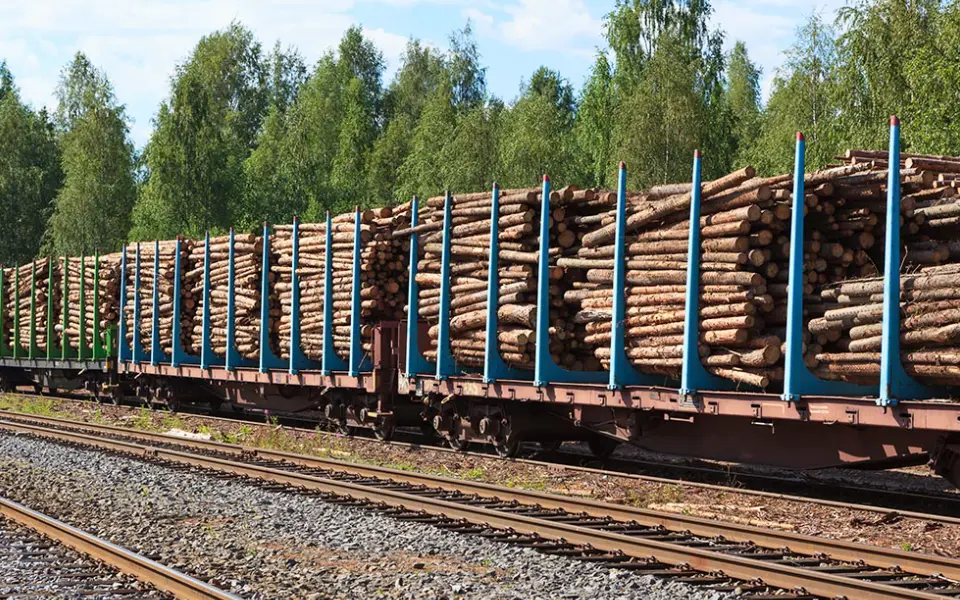
Rail freight is the most cost-effective and efficient method of lumber transportation, especially for long distances. It’s safer, more punctual, and not affected by weather or road conditions.
Lumber and other related materials, such as logs, wallboard, and fence posts, are typically transported using center beams or log cars. Center beams special railcars are equipped with a partition that maximizes the center of gravity and secures the cargo in place with little or no movement.
On the other hand, log cars are similar to flatcars but have rods on each side to ensure that the logs are secured. Freight trains are ideal for lumber transport it’s more cost-effective and reduces the number of trucks on the road.
Project Cargo
Construction materials, such as cement, concrete, stone, wood, steel columns and pipes, project machinery, and more, are always in high demand.
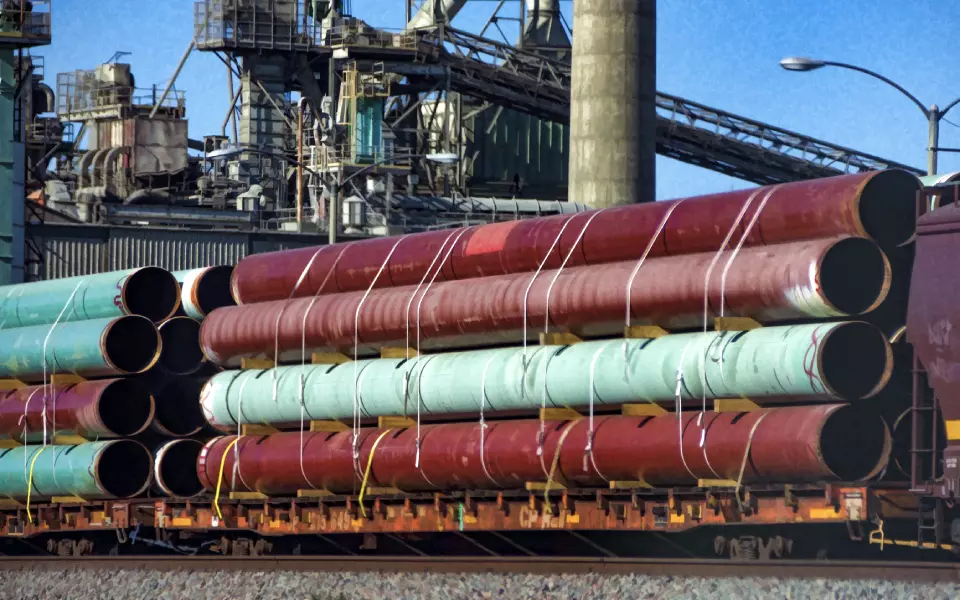
Thus, many freight forwarders, manufacturers, and project companies partner with rail freight carriers long-term to move project cargo to and from different railway supply depots around the country to B2B partners, retailers and end consumers.
However, the type of railcar used varies significantly due to the different types of structures and materials. For instance, oversized cargo or project machinery is typically loaded onto flatcars using overhead cranes.
Similarly, cement, sand, and similar materials are loaded into boxcars, Gondolas, or open-top hoppers. One of the most common types of project cargo moved via rail are steel pipes for the oil and gas industry.
Metals
The metallurgical industry is one of the most important industries in the Global Industry Classification Standard (GICS) sectors. It’s concerned with extracting, refining, allowing, and fabricating different types of metals, from gold to bars, steel coils, and more.
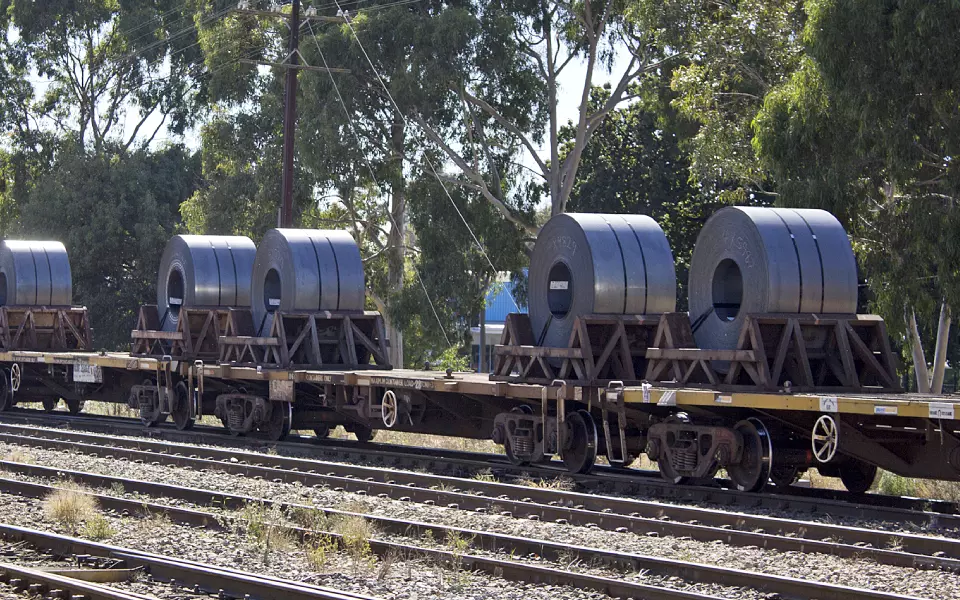
As a result, companies specializing in metal production have a vast supply chain spread across different cities and states. As a result, rail freight transport is the most economical option to move raw materials and finished goods to and from mining sites, plants, factories, warehouses, and ports.
However, due to the vast range of metal products in terms of shape, size, and weight, shippers employ multiple types of railcars, from flat-bed cars to coil cars, and hopper cars.
Hence, shippers spend a lot of time looking for the best brokers and carriers that offer metallurgical cargo transport to maximize safety, punctuality, and affordability.
Liquids
Just like solid cargo, liquid or compressed commodities are also among the most commonly transported cargo types via freight trains. Popular examples of liquids include petroleum products, such as ethanol, gasoline, diesel, crude oil, and more.
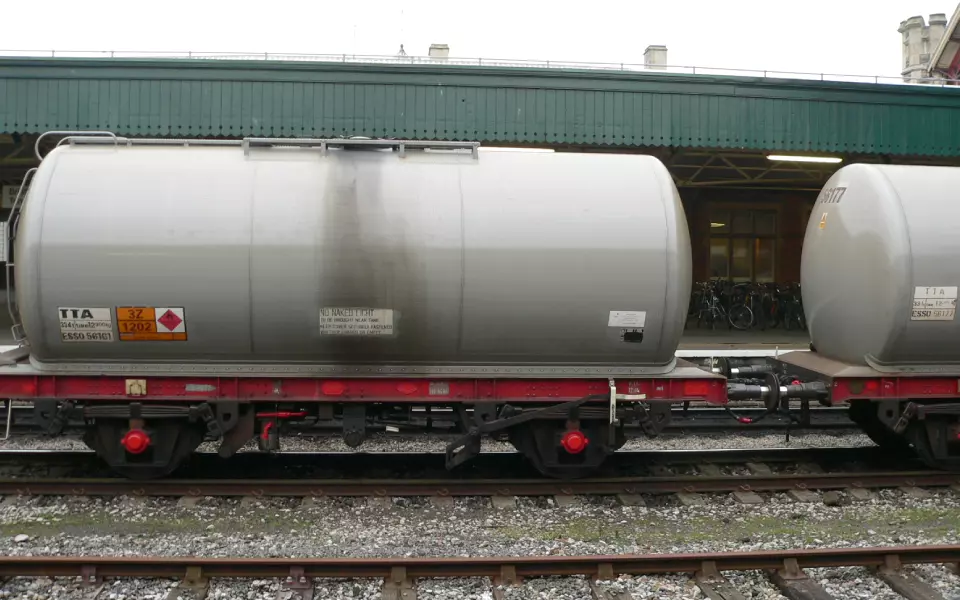
Many shippers use freight trains to move hazardous and non-hazardous chemicals as well, including sulfuric acid, sodium hydroxide, methanol, chlorine, and similar cargo. However, unlike conventional cargo, liquids are transported in specialized cylindrical containers called tank cars.
These containers can hold anywhere between 6,000 and 31,000 gallons of liquids. Moreover, loading and unloading are typically done through outlets installed at the bottom of the car directly from a production site or storage facility.
Gasses
Along with liquids, many shippers actively transport a wide range of gasses or compressed liquids, such as liquefied natural gas (LNG), oxygen, nitrogen, liquefied petroleum gas (LPG), and more.
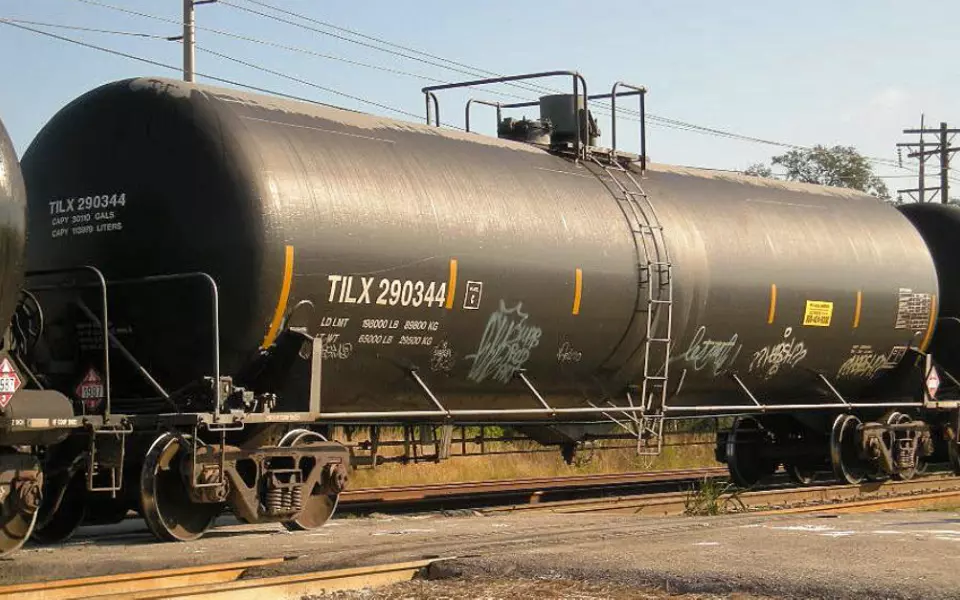
Unlike the latter, gasses are stored and transported in pressurized tank cars with secure valves that are used for loading and unloading. Depending on the location and demand, freight trains carrying liquids and gasses can easily transport over a hundred tank cars, which is equivalent to millions of gallons of products.
Stones
Many shippers use freight trains to transport sand, gravel, limestone, granite, and other types of sedimentary rocks and stones. These cargo types are commonly found in and transported from caves, deserts, waterfronts, and other mining sites to rail supply depots via freight trucks.
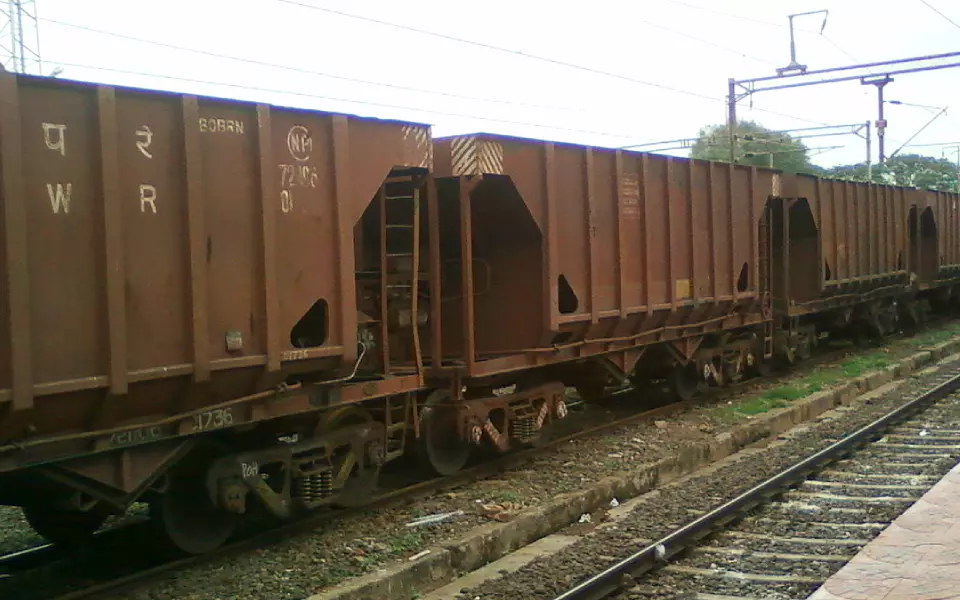
Most carriers use open-top hoppers, gondolas, and flat-bed cars for this type of cargo, depending on the size, weight, or volume, and transport them to cement, ready-mix concrete, and construction material companies for further processing.
General Cargo
General cargo includes various manufactured, semi-manufactured, processed, and semi-processed goods, products, or materials. This type of cargo is typically crated, boxed, packaged, or palletized, meaning it can be stacked in different types of railcars.
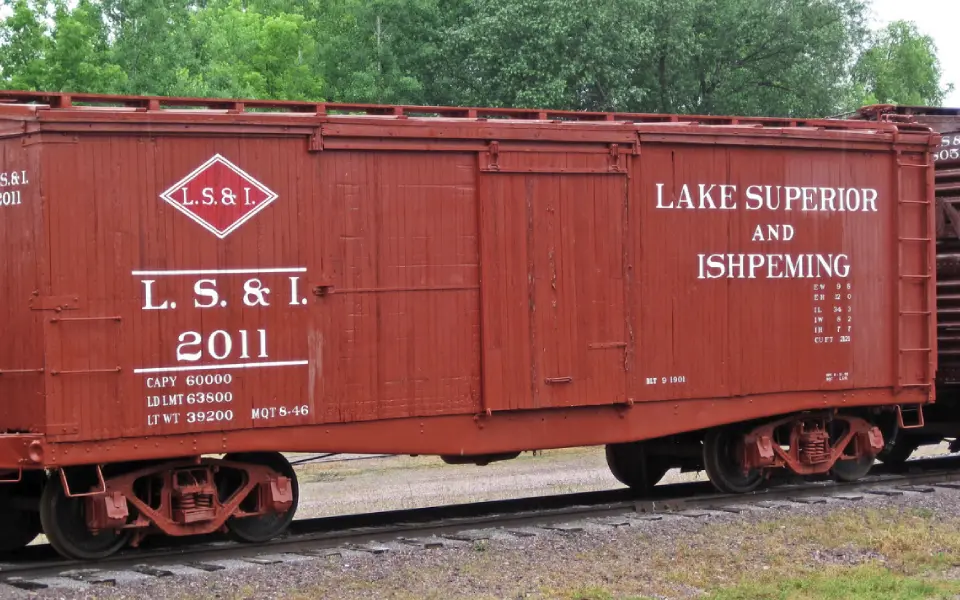
However, box cars are commonly used for this purpose since they have doors on the side that enable simple loading and unloading.
Furthermore, general cargo can also include livestock, such as horses, cows, chickens, and other farm animals that are usually transported from rural areas and farms to retailers, food companies, and end consumers.
Perishables
Perishables usually include temperature-controlled goods, such as frozen food, dairy products, meats, and vegetables. These items are typically shipped using reefers (also known as refrigerated boxcars), a specialized train car with a built-in refrigeration unit.
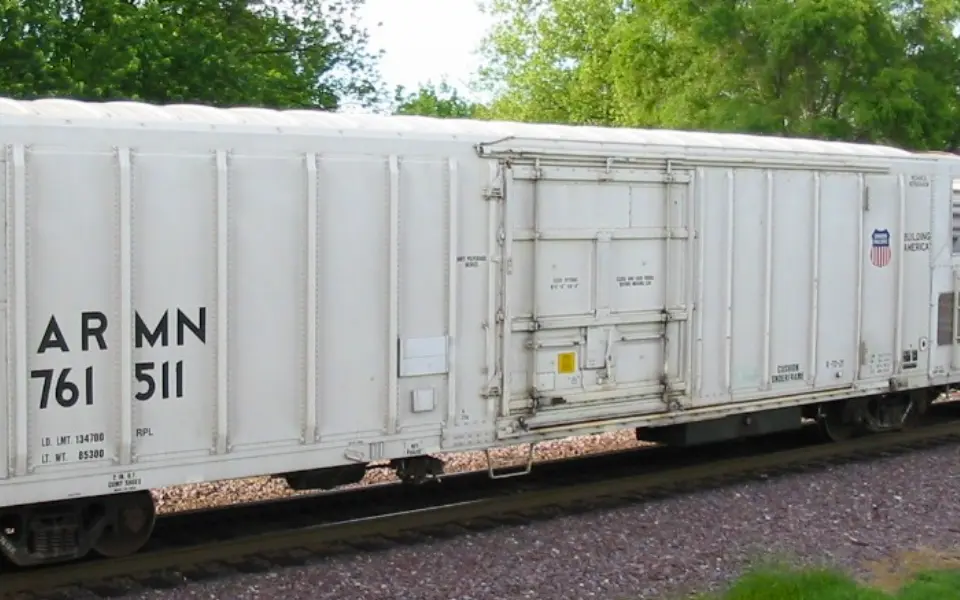
Like general cargo, perishables are loaded and unloaded via doors on the side of reefers by handlers. Moreover, perishable cargo transportation is a far more sensitive process due to the short delivery window.
Hence, shippers usually opt for the best rail carriers or freight companies in the market to maintain freshness.
Commodities
Essential commodities refer to a wide range of goods and products that are legislated by governments and are generally transported on a nationwide scale.
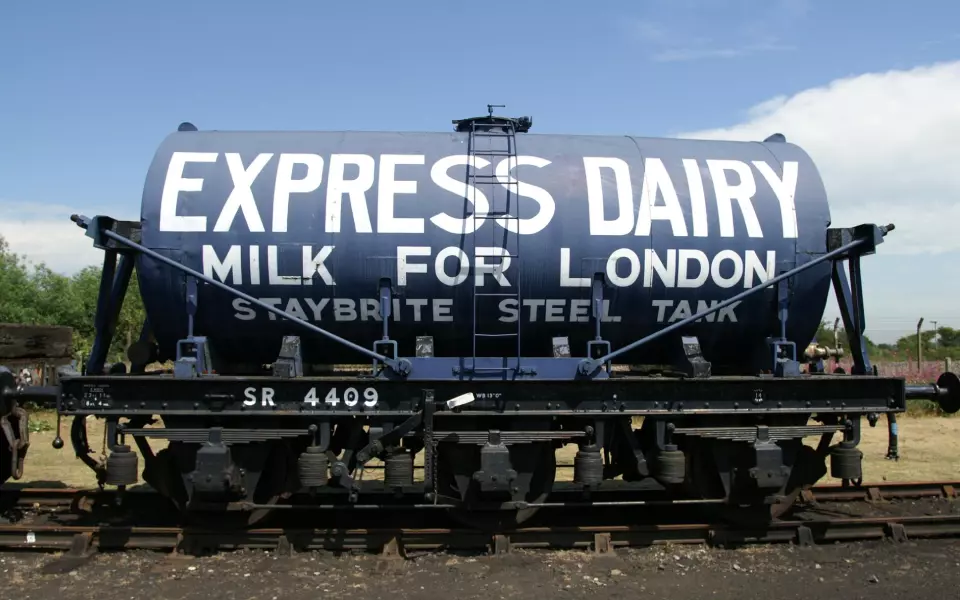
These items typically include wheat, milk, corn, rice, vegetables, seeds, barley, sugar, edible oil, pulses, and more. Apart from agricultural products, essential commodities can also include fertilizers, drugs, shelter supplies, water, and more.
This type of cargo is typically transported by covered hoppers to prevent exposure to environmental elements. However, depending on the type and capacity of cargo, carriers can also employ other types of freight railcars for this purpose, such as reefers, tank cars, and boxcars.

Get Free Course Access
If you enjoyed the article, don’t miss out on our free supply chain courses that help you stay ahead in your industry.

Gerrit Poel
Co-Founder & Writer
at freightcourse
About the Author
Gerrit is a certified international supply chain management professional with 16 years of industry experience, having worked for one of the largest global freight forwarders.
As the co-founder of freightcourse, he’s committed to his passion for serving as a source of education and information on various supply chain topics.
Follow us